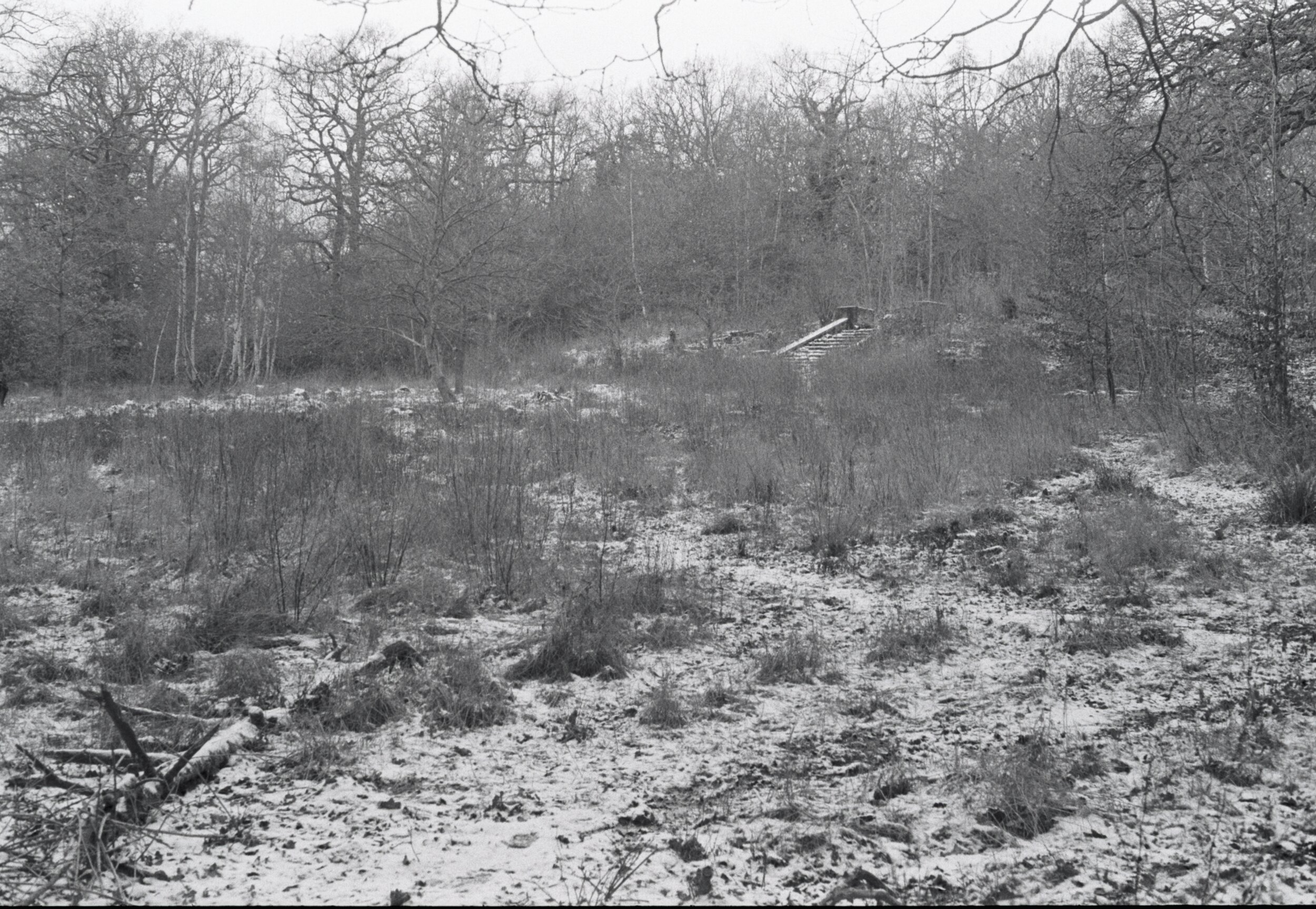
Battle of Britain House
A spy school on the edge of London
In the sleepy suburb of Ruislip, sat a fairly unremarkable mansion house that hides a much more interesting past.
Built in 1905 on land leased from King’s College, Cambridge, the building itself was fairly normal on the outside – painted white with no particularly interesting architectural features, you would be forgiven for assuming that not much of interest could happen here but, in reality, it was one of England’s most prominent spy schools.
In 1920, a travel writer from Tennessee took on the property and changed its name to Kokyo (to mirror his Japanese interests). This Far East influence was included in the decoration of the house with Chinese bronze lions placed in the gardens. Later, the owner would change the name of the property once again to Franklin House (after FDR) – perhaps to distance himself from his Asian links.
The steps to the house as they appear today
During the Second World War, the house was requisitioned and used by the Office of Strategic Services to train those operatives that were going to occupied Europe. The OSS was effectively the forerunner to the CIA and had a long and colourful history of spying and sabotage. The OSS had particular success within Germany, Turkey and Austria but also an almost Bond like obsession with gadgets. Explosives that were disguised as coal (to be inserted into the tenders of trains where they would explode when fed into the engine’s furnace), limpet mines, compasses in uniforms and cameras hidden in matchboxes to name but a few. Despite the ingenuity, my favourite must be cigarettes laced with tetrahydrocannabinol acetate, a cannabis derivative that was designed to induce loose lips.
After the war, the house was repurposed as a sort of welfare centre where young people could learn various skills (painting, poetry and literature). The dining room contained plaques of all the RAF squadrons that fought in the Battle of Britain (hence the name). The building continued in this use for 40 years until, sadly, it burnt down in 1984.
Little remains now except interesting ruins in the garden and steps that formed the main terrace up to the house. I visited during the snowy period and it still retains its atmosphere. It was the last place of safety that many young men and women who were executed in occupied Europe would have ever known.
